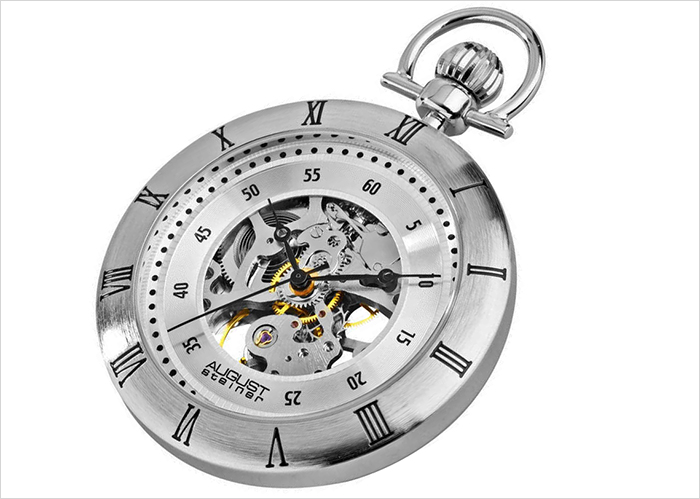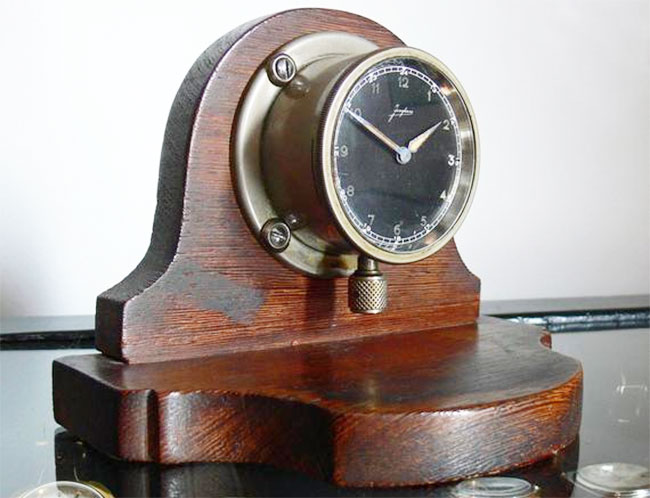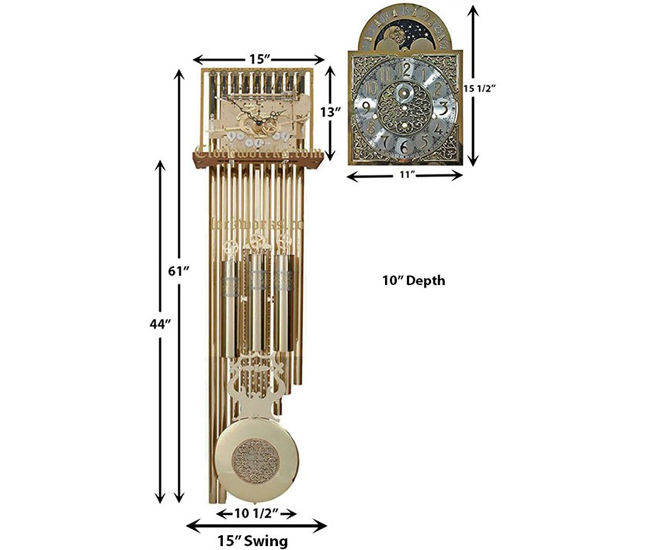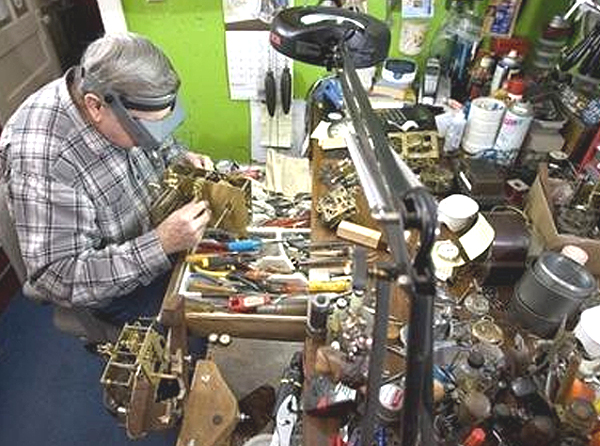Why do they call grandfather clocks by that name?
The name grandfather clock, as longcase clocks are called in some lands, is said to derive from a popular 1876 song entitled “My Grandfather’s Clock” written by Henry Clay Work. The first grandfather clocks featured a classical architectural appearance, but a variety of styles have enjoyed popularity over the years. One form of early pendulum clock was wall-mounted but, because of its heavy lead weights, probably difficult to secure. It is believed that the grandfather clock was developed to support these heavier clock mechanisms.
When was grandfather clock invented?
The mechanical clock was likely invented in China over 900 years ago. Since then, improvements to clocks have been many. An outstanding improvement came in the mid-1600’s, when the pendulum came into use in mechanical clocks. Thanks to that revolutionary innovation, clocks became so accurate that a new feature appeared on their faces—a minute hand! The new design—with its pendulum, weights, and relatively heavy mechanism—naturally required a sturdy, upright housing.
This resulted in what became familiar to people around the world as longcase, or grandfather, clocks, described by one clock expert as “highly reliable and reasonable time-keepers even in adverse conditions.”
At first, these prized clocks were manufactured only in big European cities, such as London and Paris. Little by little, however, their production spread to the farthest corners of the European continent. Thus, local artistic styles began to embellish the basic design. The clock’s shape could be straight or curved; its structure, slender or bulky. It could be made of pine, ebony, mahogany, oak, or walnut, and its case could be plain or adorned with ornamentation.
What made grandfather clocks popular?
The grandfather clock therefore gained popularity not only as a superior timekeeper but also as an elegant and dignified addition to the furnishings of a room.
There may be an additional reason why people continue to find the grandfather clock fascinating and attractive. In a way, it appears human. “It is about the size of an average human being and has an expressive and meaningful face,” notes Finnish researcher Dr. Sinikka Mäntylä. Its audible ticktock even resembles a heartbeat.
Today, precise and inexpensive quartz-controlled clocks have replaced most of these big upright masterpieces. But even in our hurried times, the presence of a grandfather clock still inspires a measure of tranquility. The book Keeping Time—Collecting and Caring for Clocks observes: “A long-case clock with its steady and unhurried tick can also somehow soothe the spirit and is redolent of what we think of as a more peaceful age.”










Leave a Reply